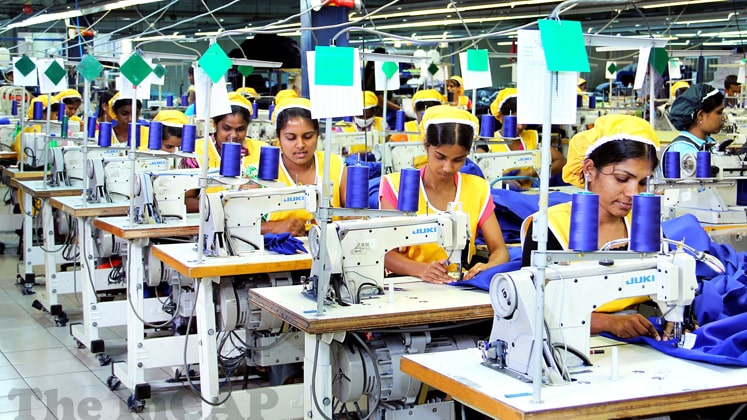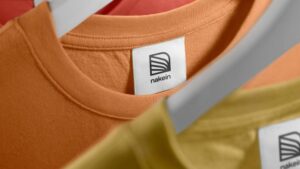
Under scanner for long it was just a matter of time before Bangladesh came up with its very own safety regulation body. Thus was born Nirapon, the home-grown self-regulating platform that took over from Alliance the overseeing of building inspection and remediation of its listed factories in the country.
However, the much-hyped safety platform which took over from Alliance, recently landed in controversy after garment manufacturers of the country alleged Nirapon of what they called creating confusion over safety standards besides adding new cost burden in the name of monitoring and training. The apparel makers alleged that Nirapon was creating market for service providers, especially for local training provider (LTP) and qualified assessment firm (QAF), which the manufacturers cannot afford after investing huge amount of money to ensure workplace safety and remediation work.
“After the departure of Alliance, factories have been conducting in-house training on health and safety and maintaining safety standards prescribed by the Alliance. So, fulfilling the old requirements on compliance issue in a new format will be wastage of time and labour,” garment makers said taking part in a views exchange meeting of stakeholders organised by the Bangladesh Garment Manufacturers and Exporters Association (BGMEA) recently.
It may be mentioned here that Nirapon was formed earlier this year by 23 brands and retailers, majority of which were the signatory of Alliance that folded its operation last December. Alliance inspected fire, electrical and structural integrity of around 700 RMG factories and corrected the flaws in last 5 years after the Rana Plaza building collapse.
BGMEA President Dr. Rubana Huq said they held a meeting and conveyed the members’ concerns to the Nirapon top officials.
“We have also proposed Nirapon to bring on board the proposed RMG Sustainability Council similar to Accord to ensure a safe and secure monitoring model which would ensure a safe workplace,” Rubana underlined.
The proposal also included reducing scope of maintenance audits which will result in a substantial reduction in the scope and fees for BGMEA members.
Majority of garment makers who took part in the meeting, expressed concern over the high cost they have to bear ranging from US $ 400 to US $ 12,000 to carry out and maintain Nirapon’s prescribed work.
“This would be a never-ending financial burden on the factories as Nirapon has a viewpoint to extend the market of service providers,” alleged a garment maker adding that majority of Nirapon’s service providers are formed with the inspectors who worked for Alliance, who are not capable enough to carry out the required activities.







